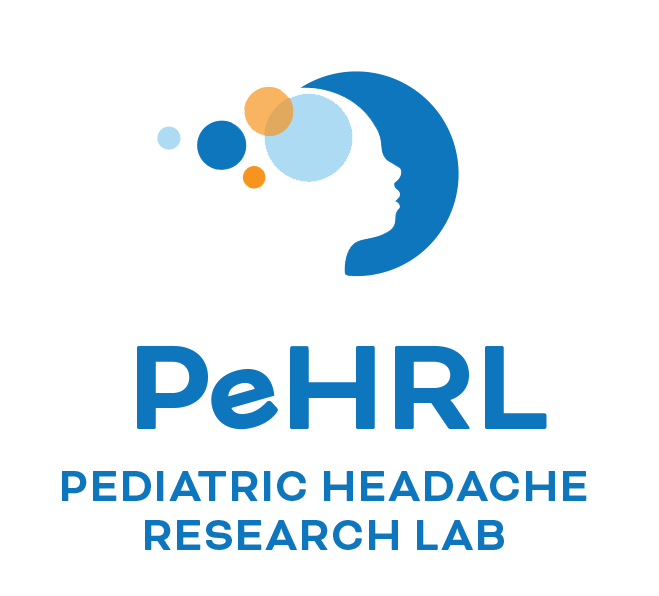Migraine prediction for children and adolescents with wearable technology
Migraine treatment often occurs after the pain starts. Research suggests that changes in the brain happen before the pain. These brain changes may result in changes in the body. We can measure these bodily changes using wearable devices that track things like heart rate and skin temperature. We may be able to predict migraine attacks before the pain starts by looking at these bodily changes.
We want to know which bodily changes we can use to detect migraine attacks before they start. We will ask youth with migraine to track their attacks using migraine diaries. They will also wear non-invasive wearable devices to measure changes in their body. We are hoping to use each participant’s own data to predict their own migraine attacks based on personalized statistical models.
Wearable devices that predict migraine attacks could improve care. They could allow youth to treat their migraine attacks before the pain starts. Knowing when a migraine attack will occur could result in the creation of new treatments that can be used before the migraine pain. Successful migraine prediction could allow youth to take more control of their disease.
Dr. Serena Orr, MD, MSc
Adam Kirton, MD
Amir Nezhad
Nils Forkert
Richa Pandey
Jonathan Kuziek, MSc
People with lived experience of migraine
Prachi Khanna
Amanda Doherty-Kirby

